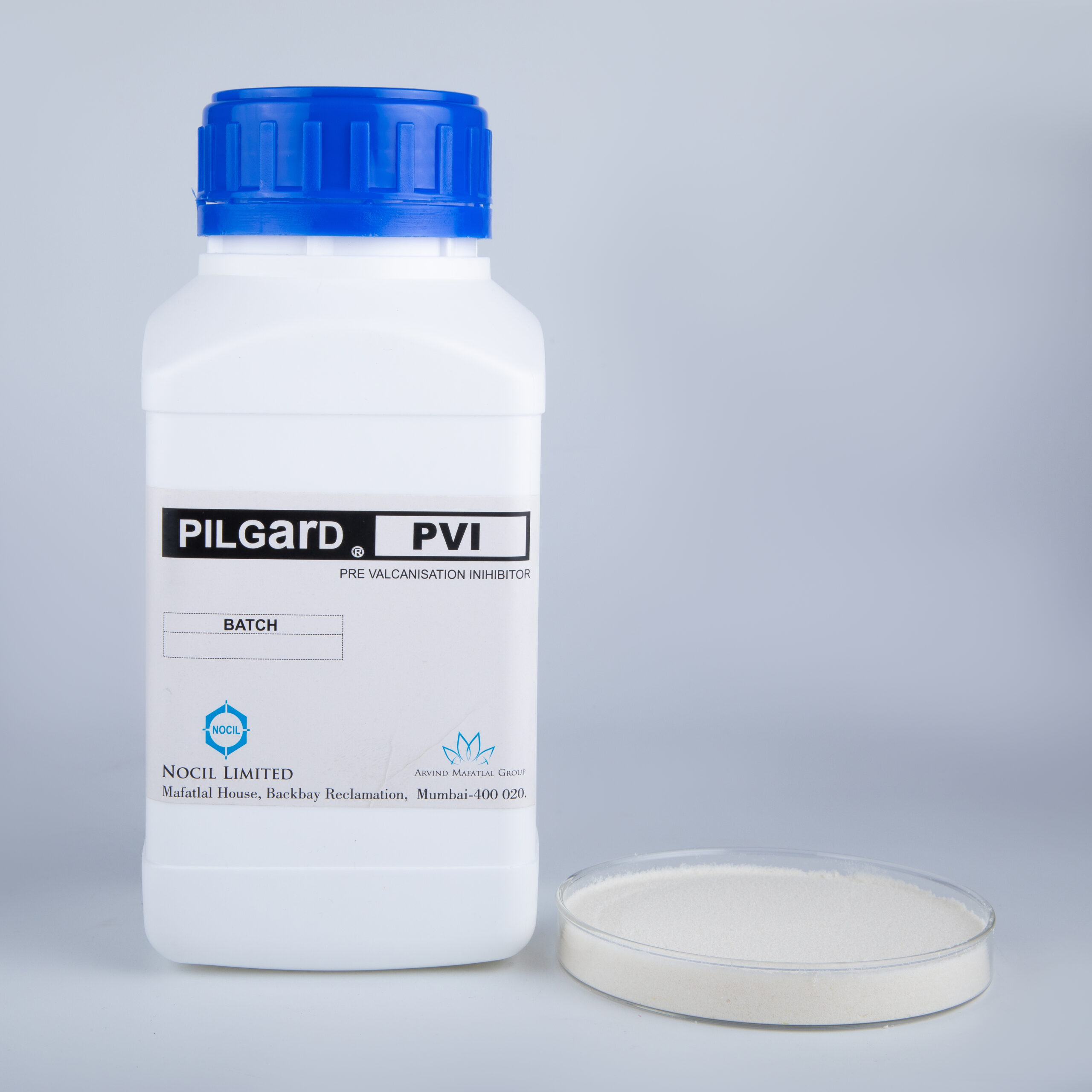
PILGARD PVI
PILGARD PVI

- Pilgard PVI is an ideal pre vulcanization inhibitor in sulphur cure system for unsaturated rubber.
- Pilgard PVI is also used effectively in NBR-PVC blends, Polyacrylic rubbers and sulphur cure polyurethanes.
- Pilgard PVI does not cause any detrimental effect on the vulcanizate physical properties.
- Pilgard PVI does not cause contact or migration staining in the compound.




